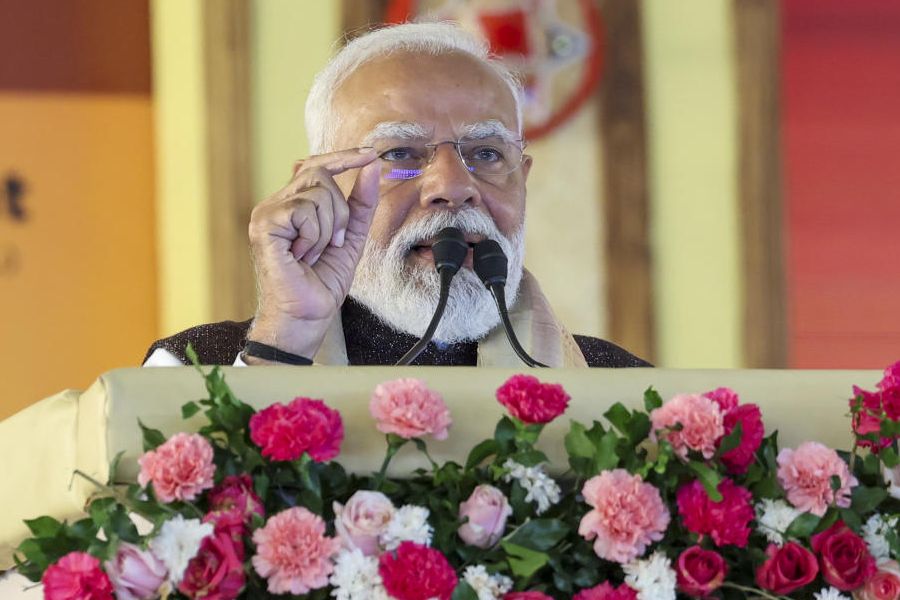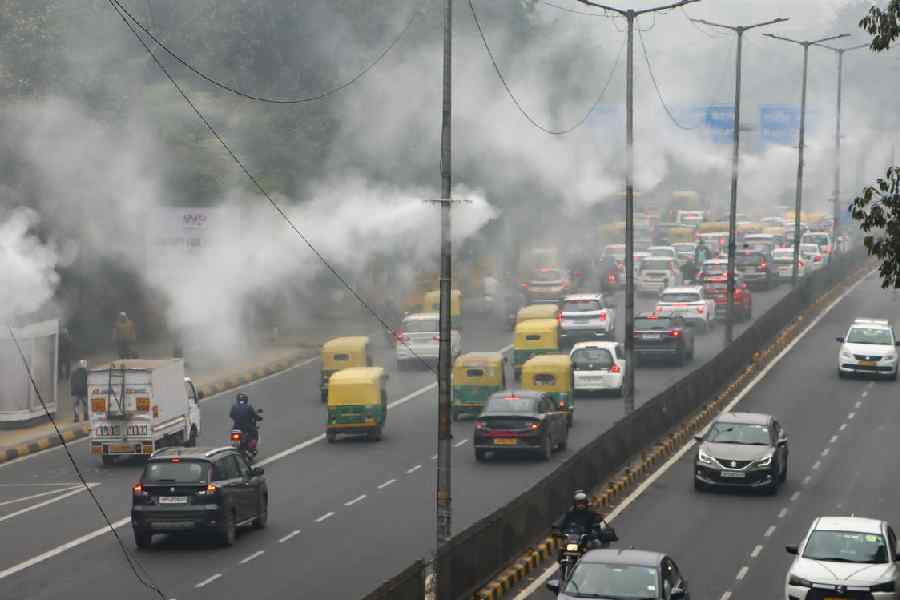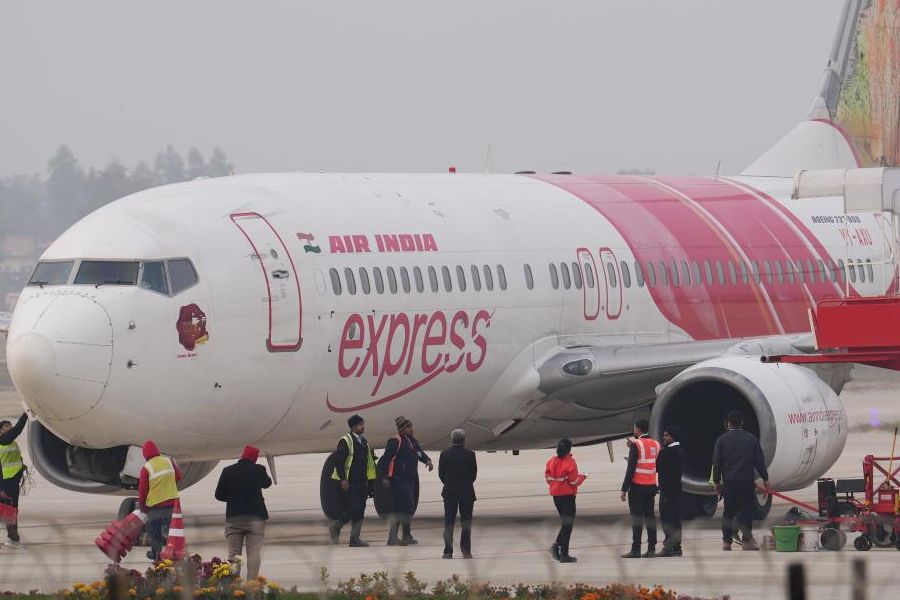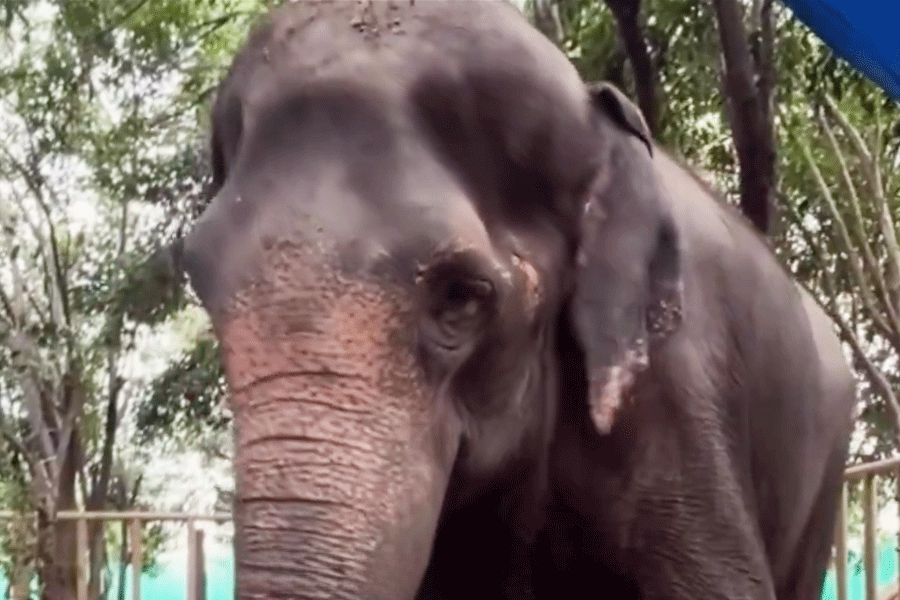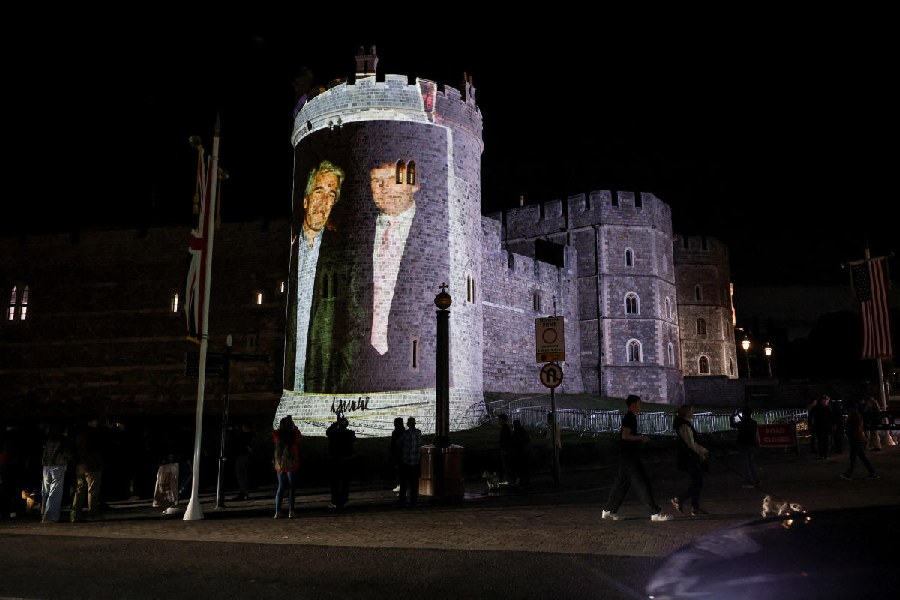 |
She may be steering a fashion extravaganza that’s being touted as ‘the’ event in the Capital’s social calendar, but Rathi Vinay Jha isn’t gaga over fashion shows. That’s a surprising admission from the iron lady of the Fashion Design Council of India (FDCI) that’s showcasing its might at the Wills Lifestyle India Fashion Week (WLIFW) next week.
The mood at the FDCI office is upbeat and Jha, as director general of FDCI, is caught tussling with last-minute things to be done. But there is also an overriding feeling of vindication. The brouhaha over the Lakm?-FDCI split has been put on the backburner and on Wednesday, Jha will flag off a five-day gala that she promises will be bigger and better than before. And that’s notwithstanding the strident controversy over Lakm? walking out on FDCI and hosting its own parallel fashion week in Mumbai.
So WLIFW will unleash some 80 designers, 40 shows, two catwalks (as opposed to the traditional one), 150 designer stalls, a battery of 90 domestic buyers and a heavyweight roster of 70 international buyers (and still counting). But there are trepidations of working on a larger format and introducing two fashion weeks this year. “I am a little nervous, but then a dose of anxiety is always a good sign,” says Jha.
Nerves apart, Jha is no newbie to the world of fashion. She was founding director of the National Institute of Fashion technology (NIFT) and today finds herself working closely with some former students who are now rated as India’s best designers.
Just as the fashion week is poised to kick off, Jha is viewing her weighty line-up of designers and sponsors with a degree of satisfaction. “Both Wills Lifestyle and Kingfisher exude a distinctly elite fashion image and therefore find a brand fit with FDCI,” she says. Meanwhile, for the designers, her brief is simple: Autumn-Winter collections should parade the ramps and that pr?t and diffusion are the way to go. And much to the relief of the designers, this time there’s no price ceiling (this was usually kept under Rs 10,000) on the garments.
Her efforts have gained her the vote of confidence of the designer brigade. They think she is very focused, driven towards enhancing fashion week and undaunted by pressure or controversies. No surprise then that Jha is going into the event without any regrets at having let Lakm? go after six years as prime sponsor. It’s history now but in a nutshell, FDCI was keen to go from one fashion week a year to two (covering both Spring-Summer and Autumn-Winter seasons) for which the budgets had to be doubled. “A bigger budget was not in Lakm?’s business plan,” she says in matter-of-fact tones.
With Lakm?’s own fashion week having just concluded in Mumbai, do two fashion weeks strike her as a hot idea? “Two fashion weeks are welcome but we must work in tandem ? just like the fashion weeks of New York, London, Milan and Paris,” she says. Her only regret is that Lakm? timed LFW very close to WLIFW. “It’s madness to work like this as the target market for both the fashion weeks is identical.” she asks.
Being at the helm of affairs is all in a day’s work for Jha. Having spent 37-long years in the civil service, she is accustomed to mega events and making hard decisions. Her last assignment as tourism secretary saw her help create Brand India with the ‘Incredible India’ campaign. And in a way today, Jha has come full circle. As an IAS officer of the 1967 batch from the Tamil Nadu cadre, she’s had her share of postings ? a lot of them taking her to the textile and handicrafts sector.
Having set up NIFT from scratch in 1987 along with its chairperson, Pupul Jayakar, Jha found herself play crusader and fighting against its closure in 1990 when the government decided that fashion was elitist. She recalls, “The relevance of fashion education in the country was being questioned at that time. It was a coup of sorts to keep NIFT going.”
Jha has always loved a good challenge. Having spent her childhood in Mysore, she moved to Delhi University before appearing for the IAS exams and opted for the Tamil Nadu cadre where she didn’t belong. She subsequently married her batch-mate, Vinay Jha, and says that she enjoyed being part of the government more than he did. After a stint he gave up his job and turned business consultant.
Her own assignments have been as varied as interesting. She played collector of Madras, was sub-collector in various parts of southern Tamil Nadu, and was CMD of the Indian Trade Promotion Organisation (ITPO). She looks back, “I can safely say that I enjoyed every posting.”
And in-between all this, she and her husband gave in to doing what they love best ? globetrotting. “We must have seen practically every country in the world,” she says.
Now her focus is on FDCI and the future of Indian fashion. She emphasises that the fashion week jamboree is not the beginning and the end of FDCI’s purpose (though preparations for the next season’s fashion week that’s slotted for the year-end will be on soon enough). She’s actively involved in helping the designers in a variety of ways: there are workshops to be organised on capacity building, on international trends; the A-Z of exporting must be scrutinised and international markets studied.
And though she’d rather keep tabs over back-end operations rather than what goes on the ramp, in the coming week she intends to watch as many shows as possible. She says by way of explanation, “I enjoy design and the beautiful things of life.” So there’ll be plenty for her to take pleasure in.
Photograph by Jagan Negi


